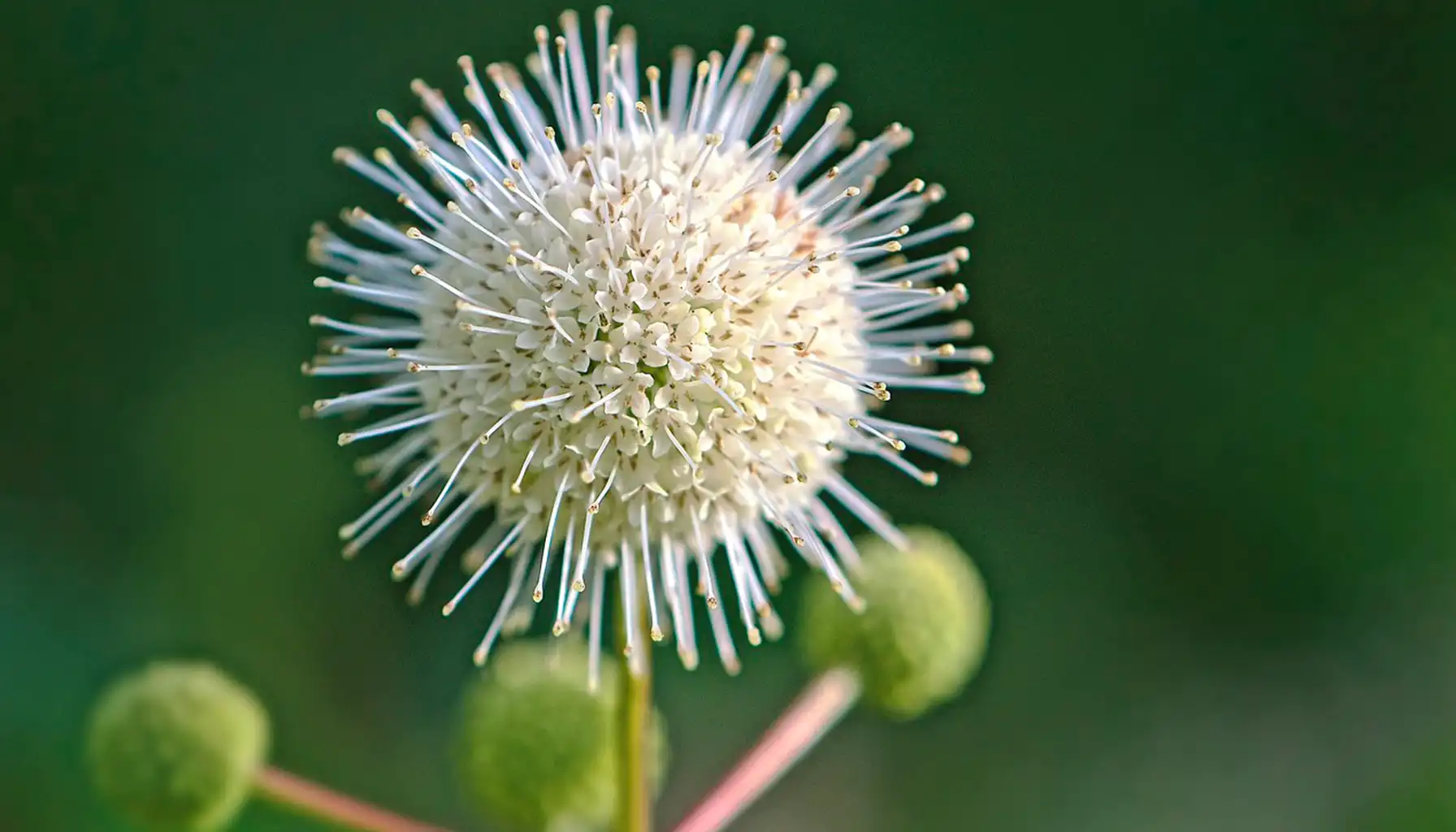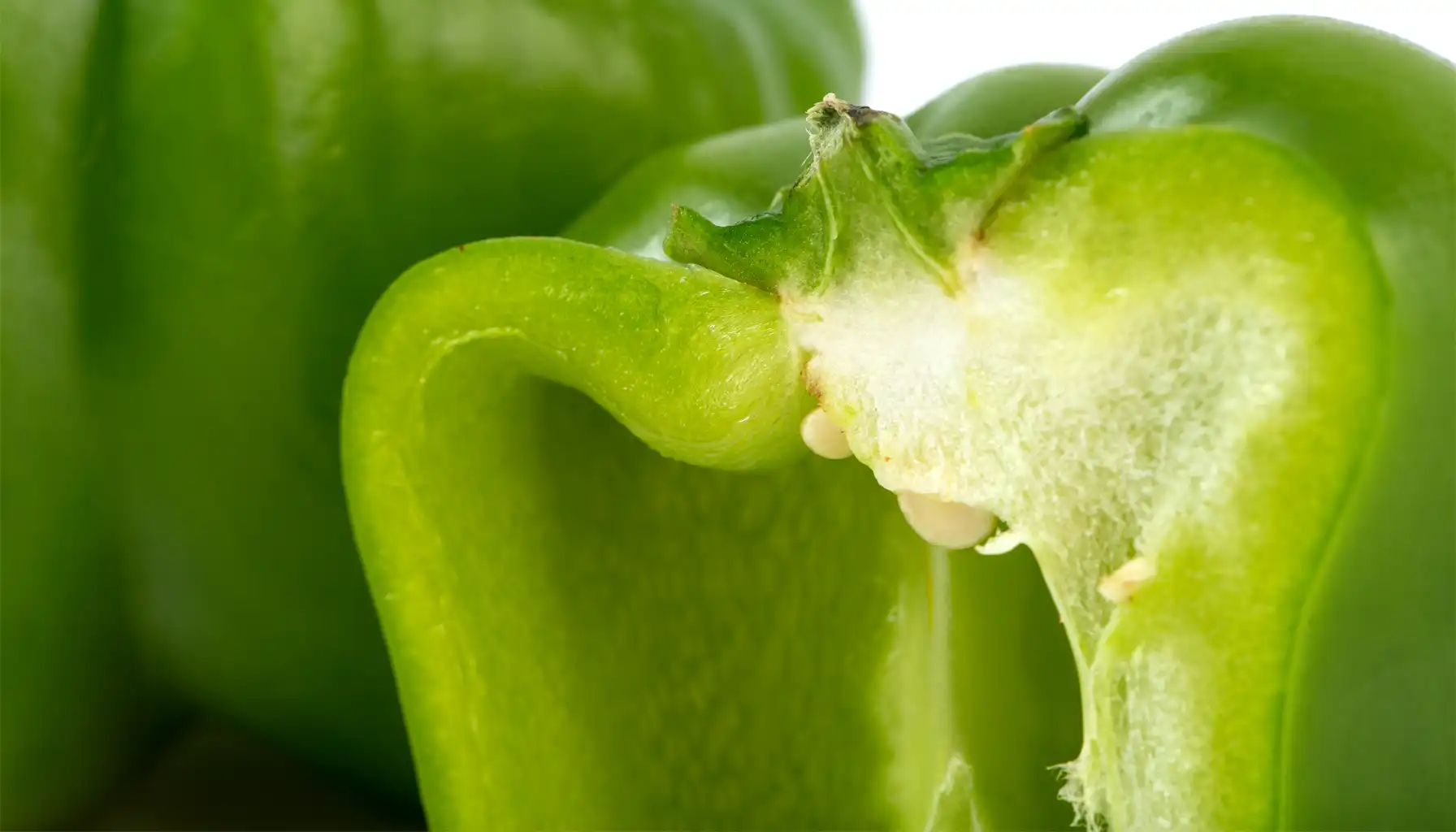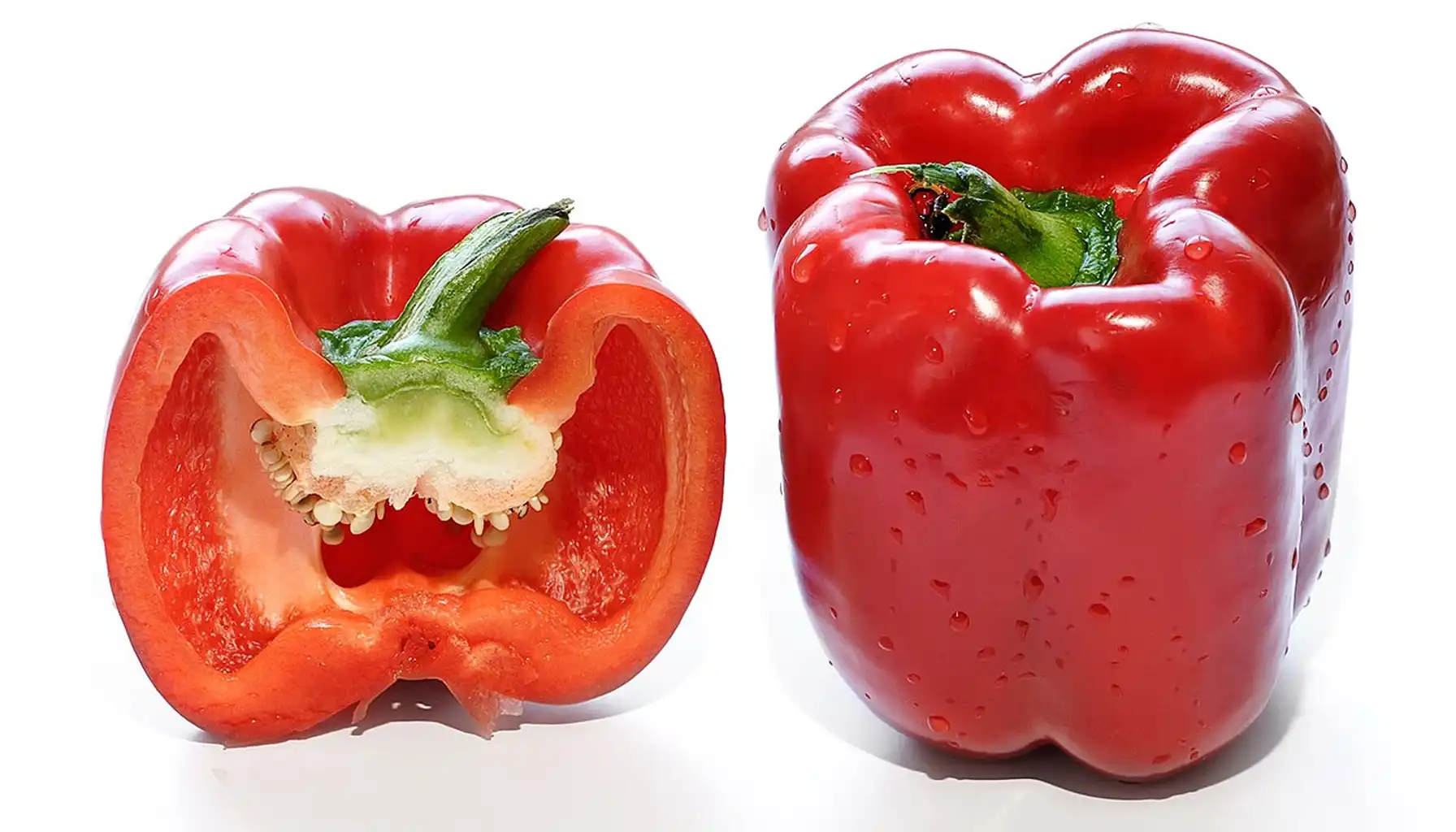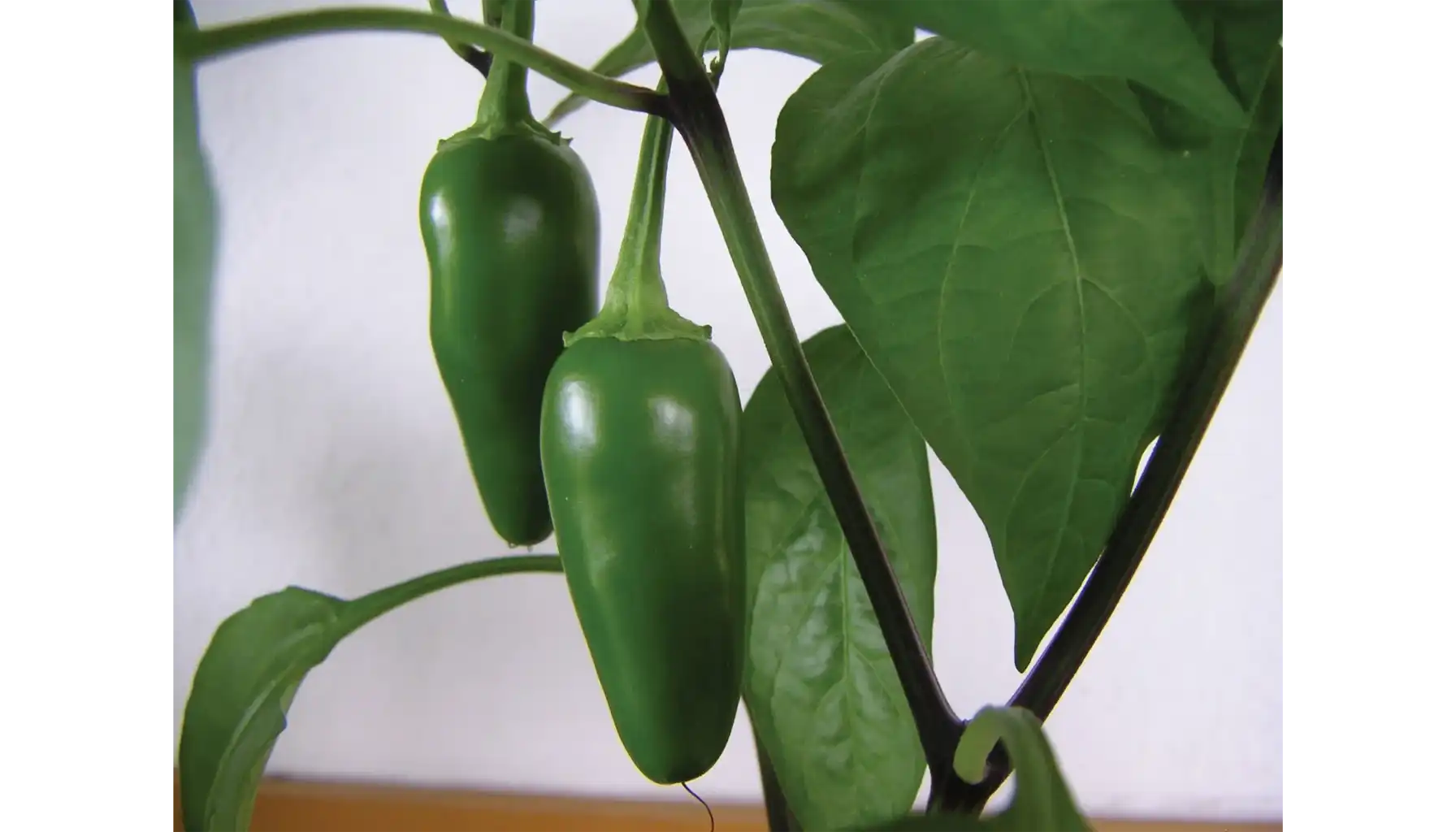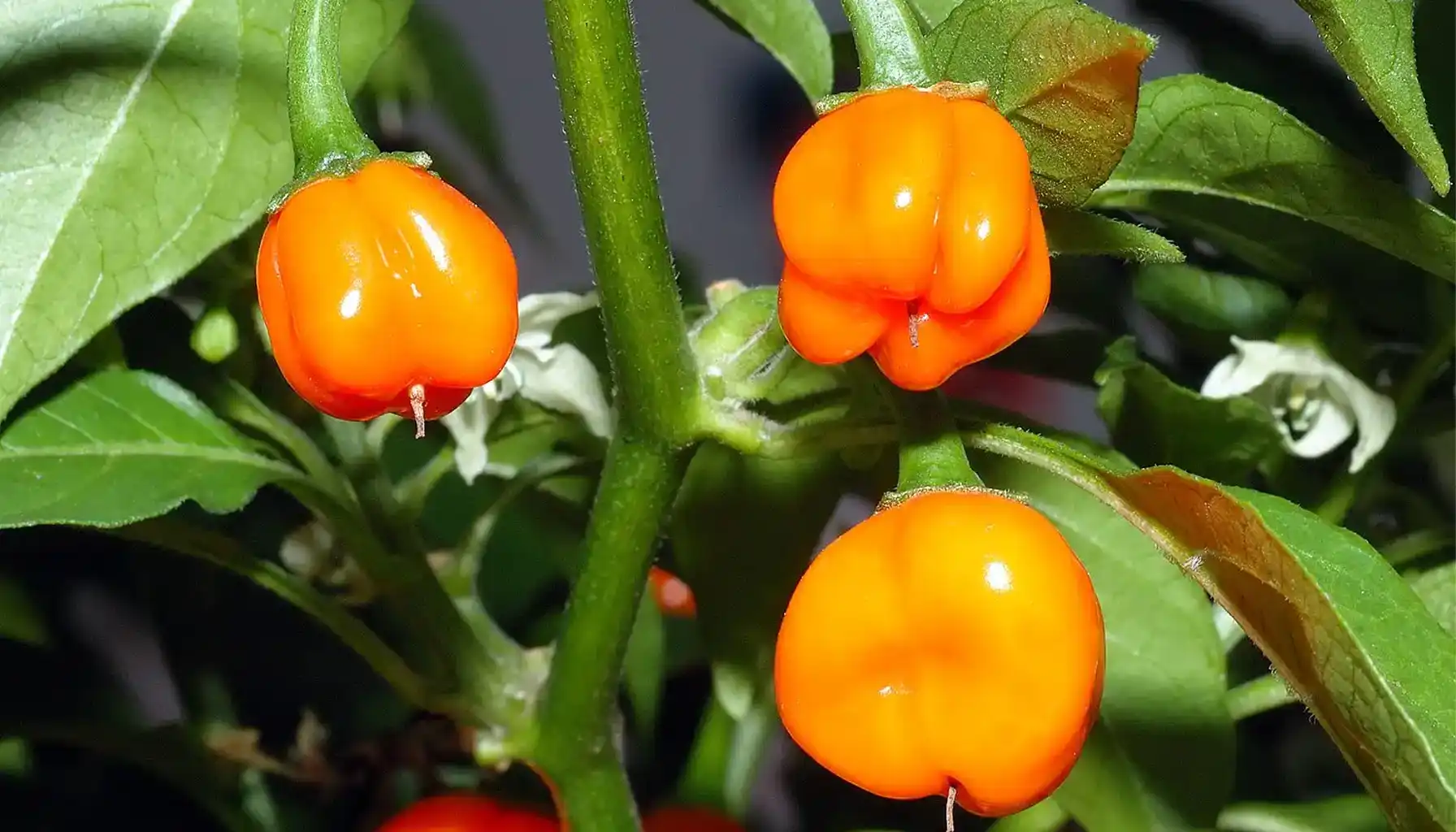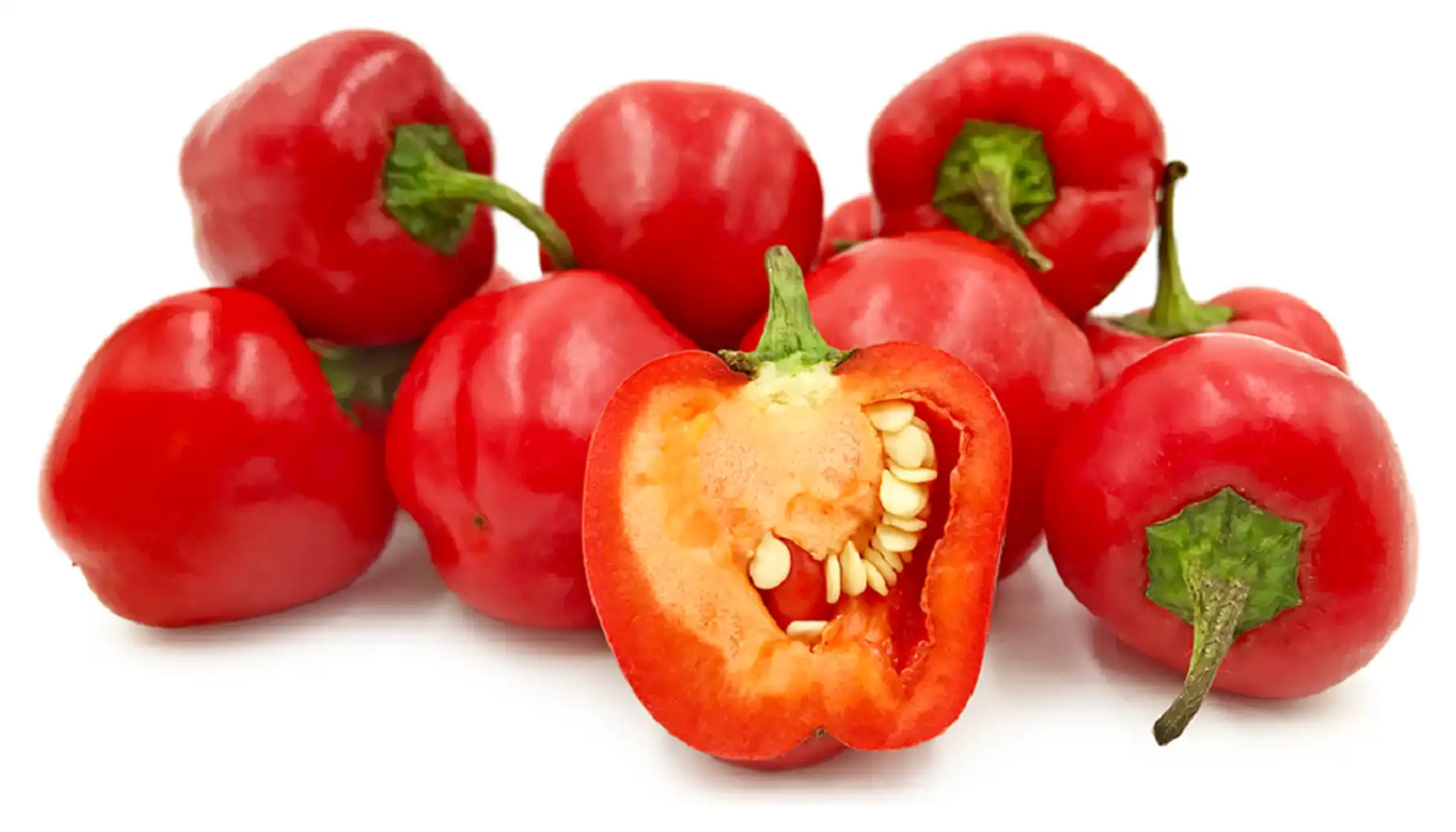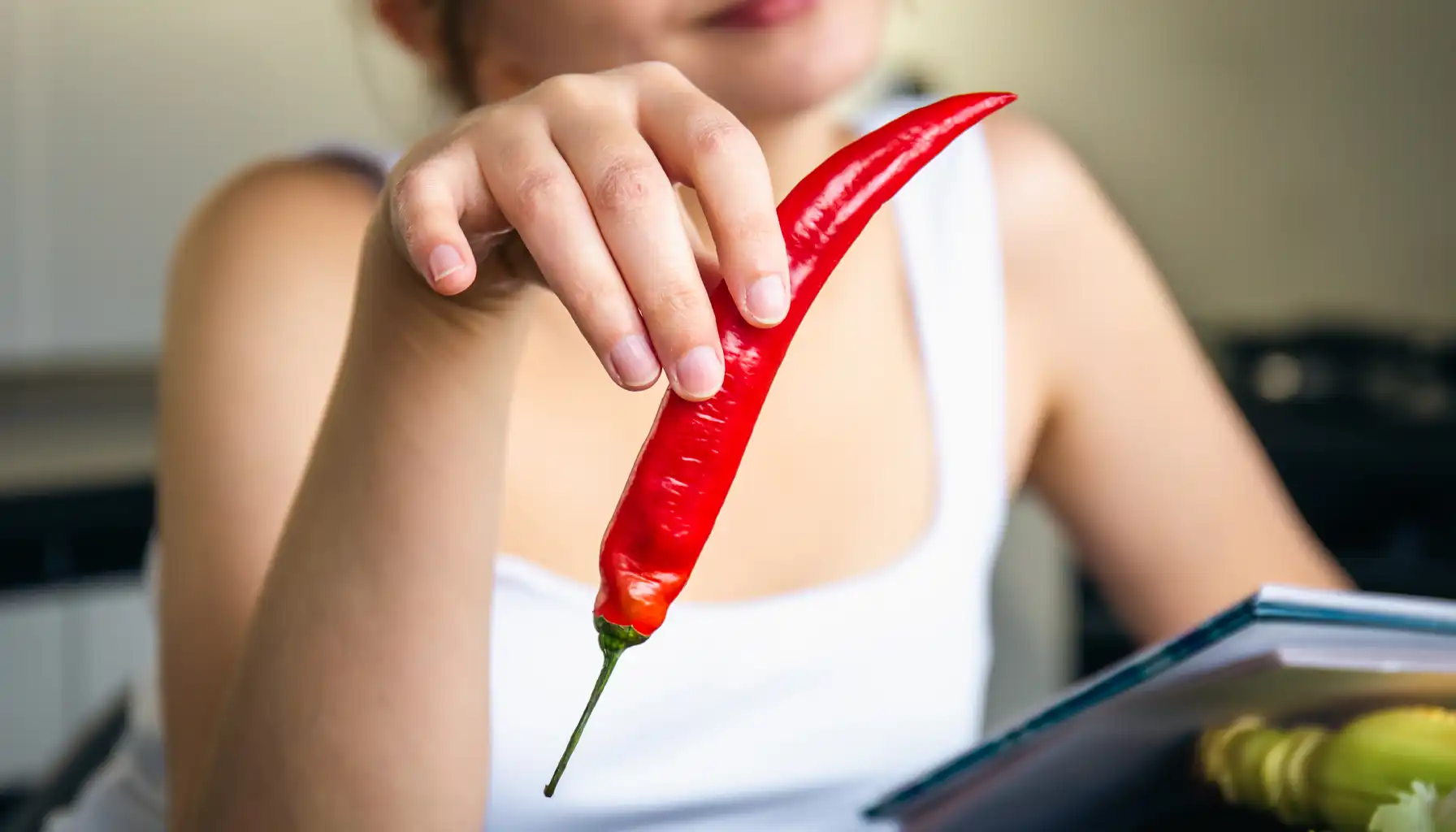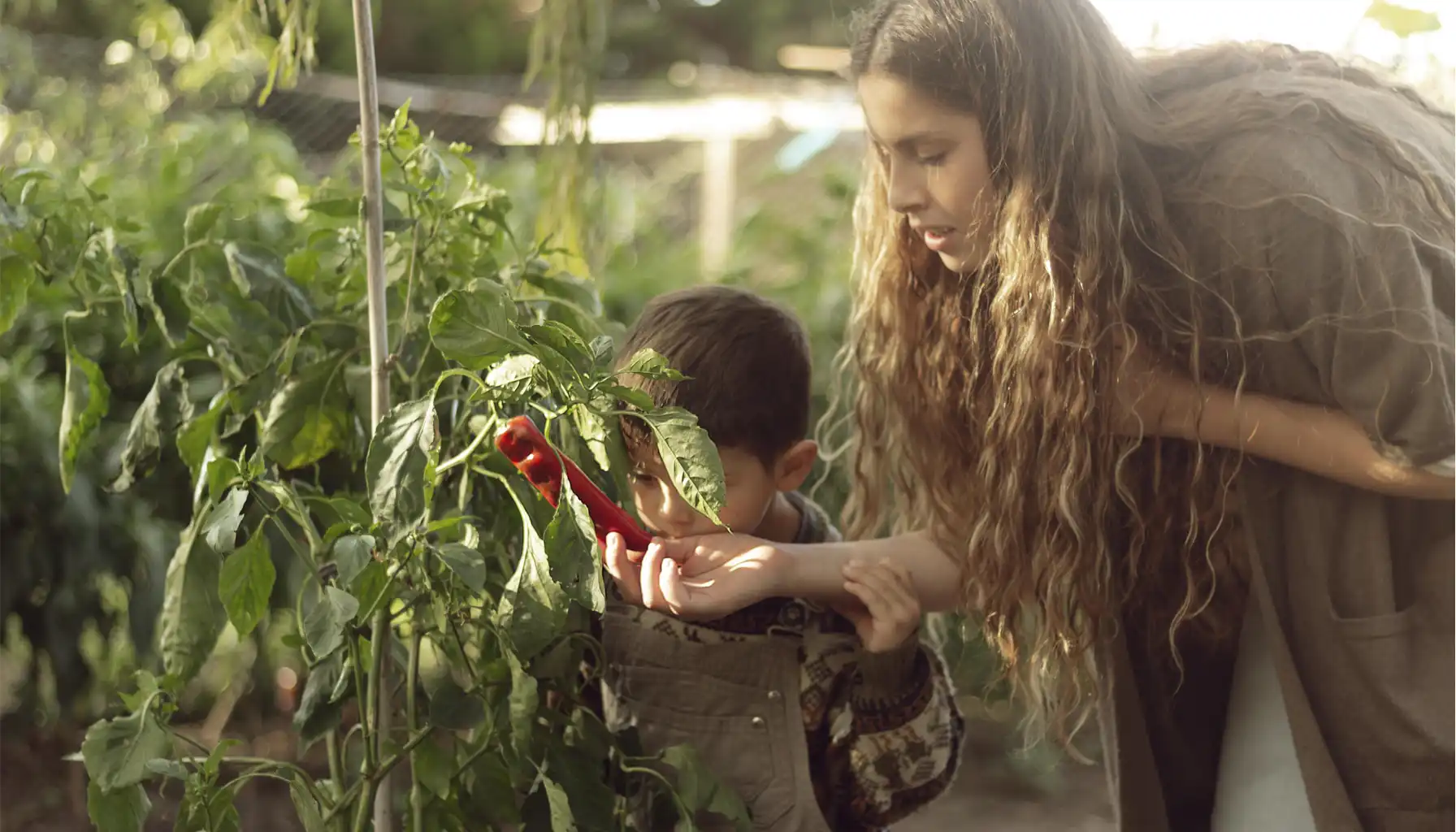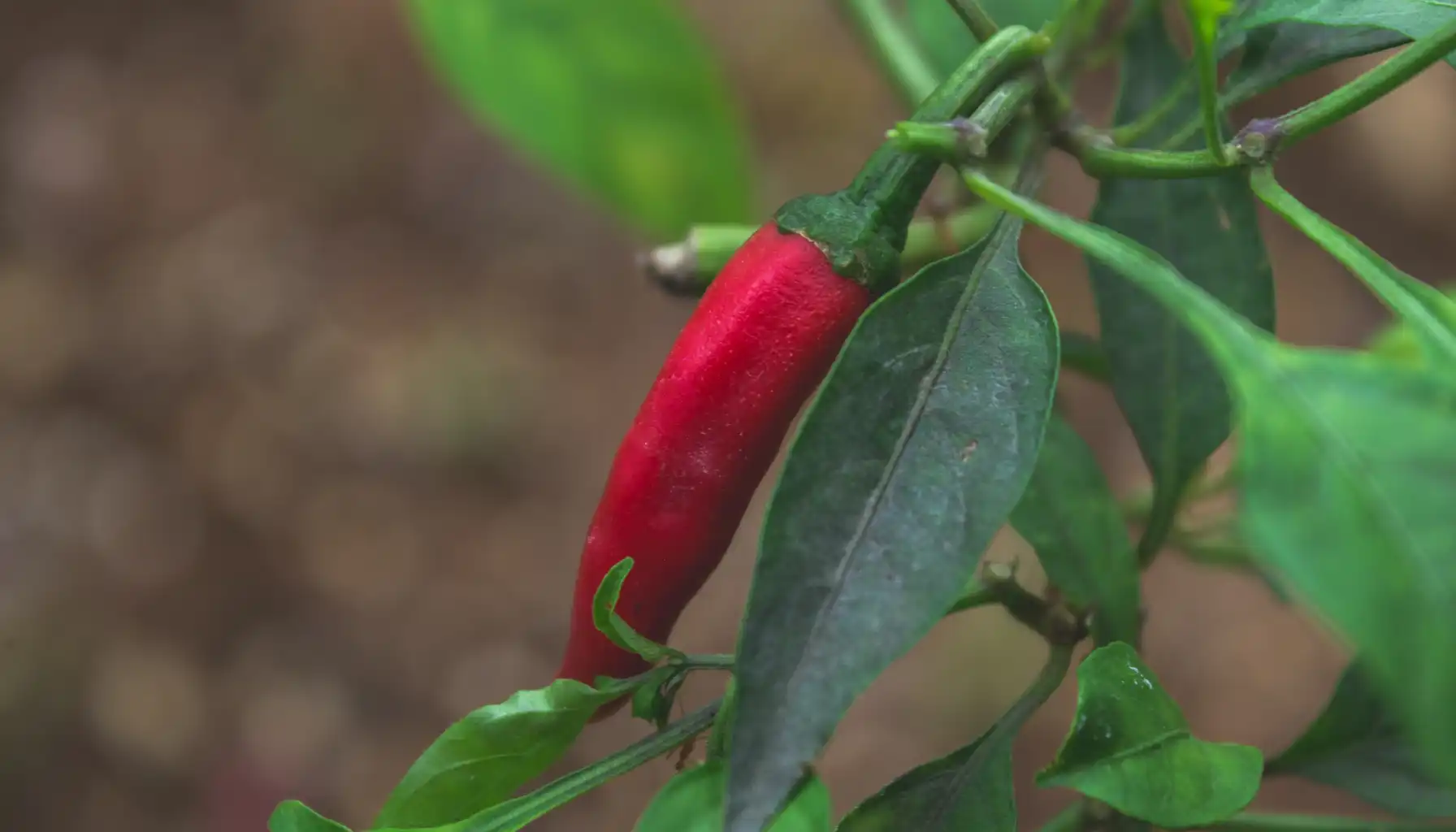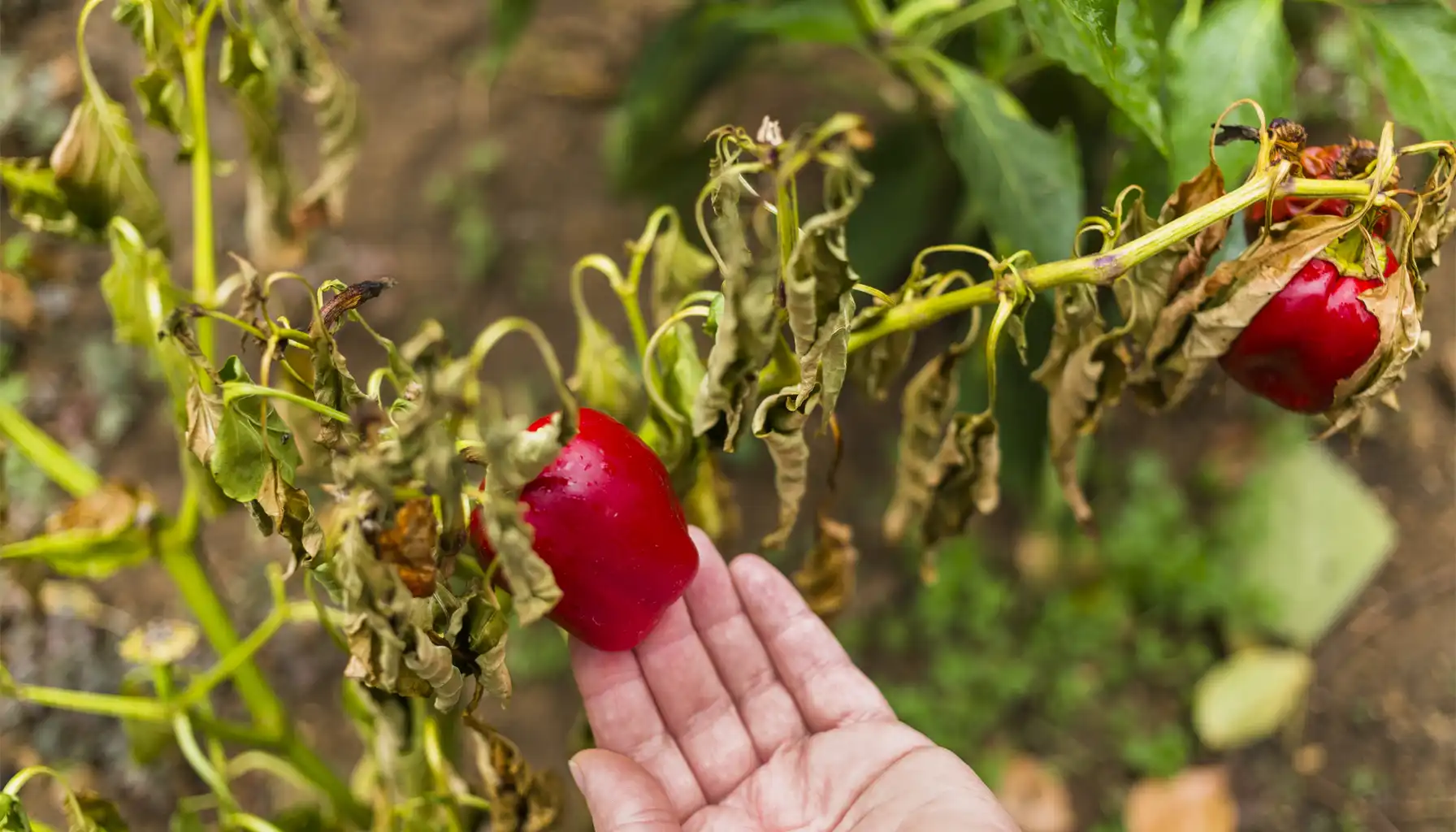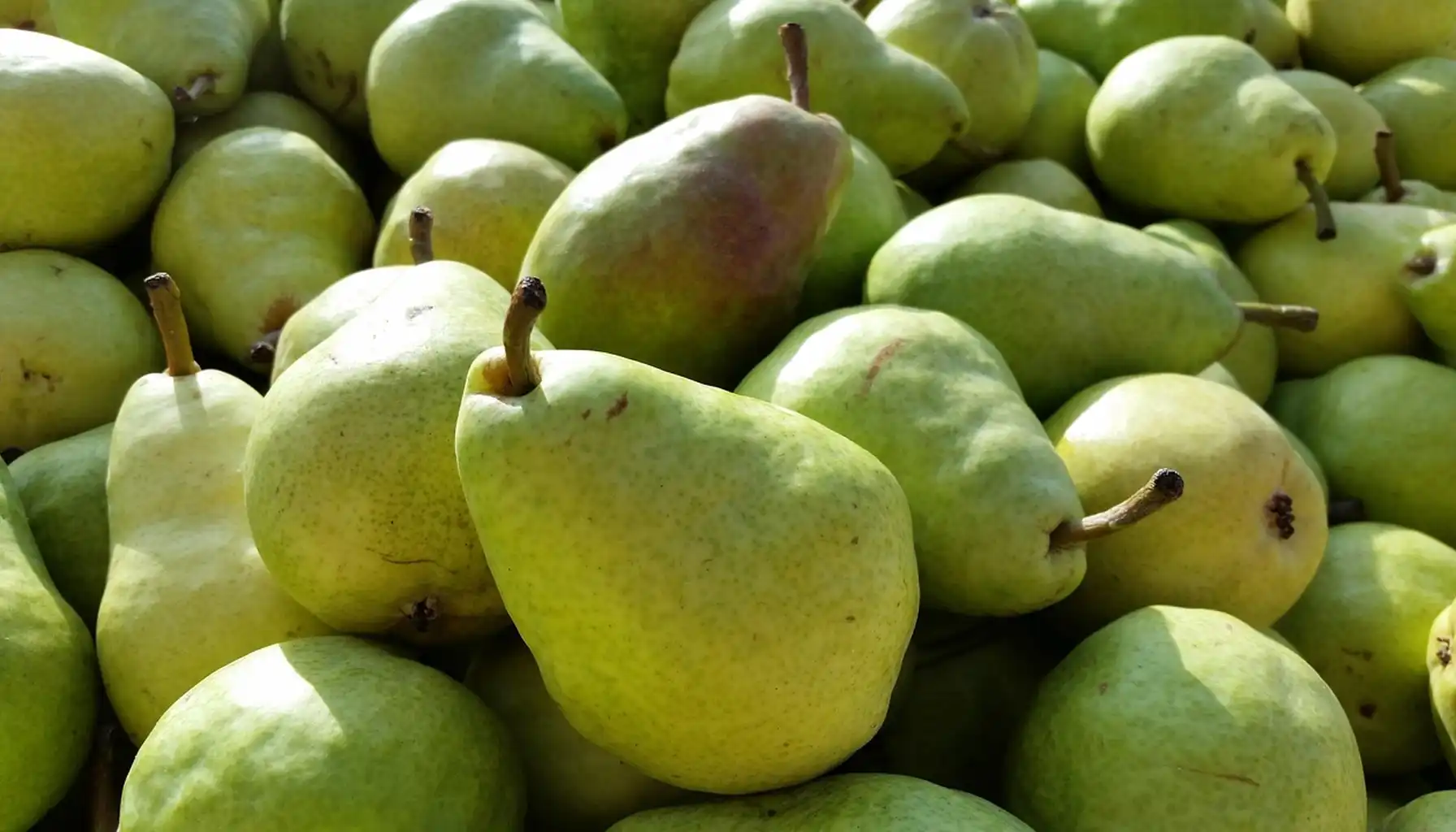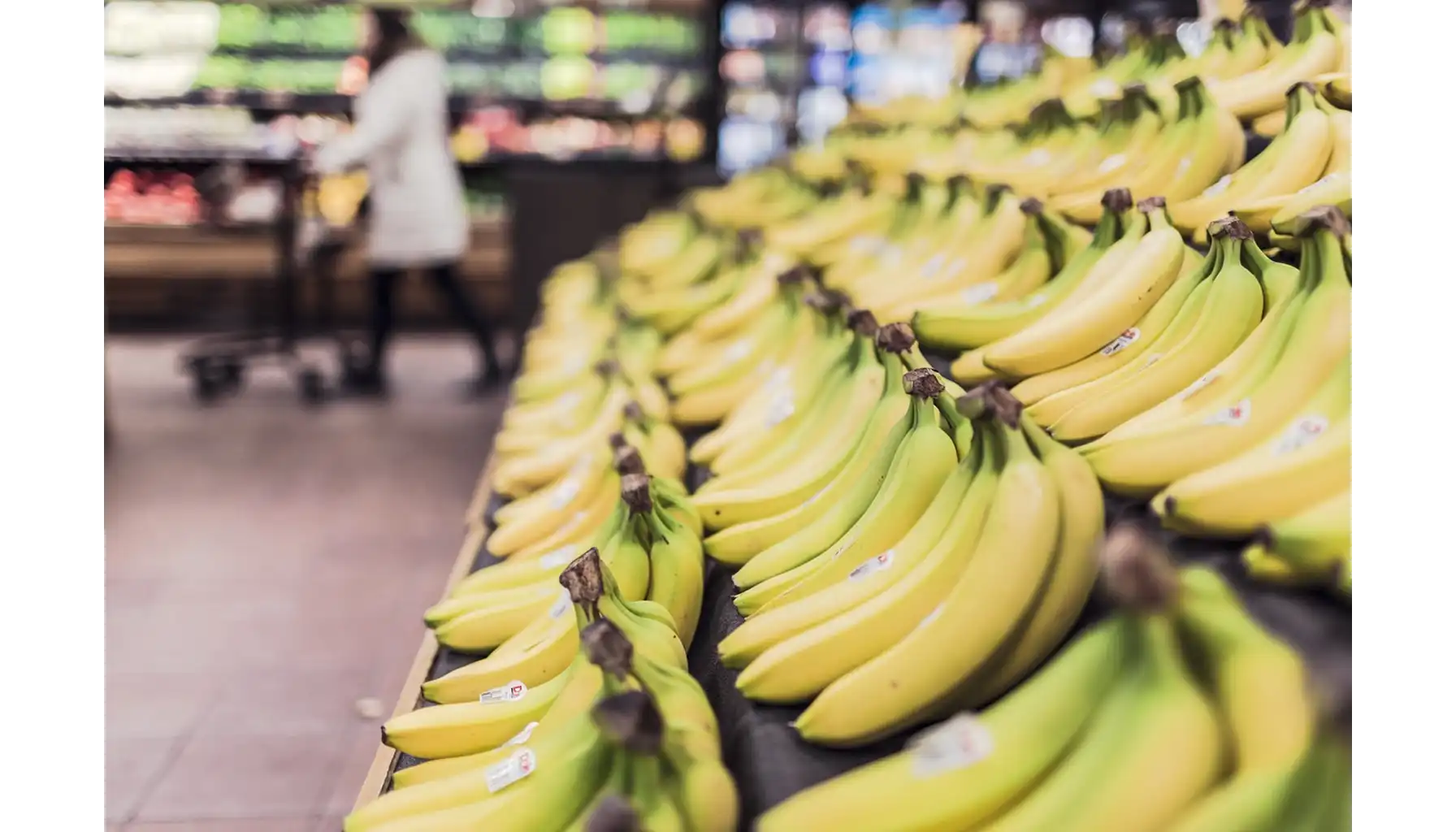The pepper plant is one of the most widely grown crops in the world. It’s valued for both culinary and ornamental use. It belongs to the genus Capsicum, which is part of the nightshade family (Solanaceae) that also includes tomatoes and potatoes.
Peppers are consumed fresh, dried, or processed into powders, sauces, like the pepper plant hot sauce, and oils. They are rich in vitamins A and C, antioxidants, and capsaicin, which has medicinal properties. In addition to food, they are used in ornamental gardening, traditional medicine, and even as natural pest repellents.
So, what type of plant is this? Let’s find out.
Origins and Types
It originated in Central and South America, where they were cultivated thousands of years ago. They spread globally after the Columbian exchange.
There are many species, but the most common are Capsicum annuum (bell, jalapeno pepper plant, cayenne), Capsicum frutescens (tabasco pepper plant), Capsicum chinense (habanero, ghost pepper), and Capsicum baccatum and Capsicum pubescens, which include regional varieties.
More about Types
Species | Examples | Heat Level (Scoville Scale) | Uses |
Capsicum annuum | Bell pepper, Jalapeño, Cayenne pepper plant, Anaheim | 0 – 50,000 | Fresh eating, stuffing, sauces, drying, powders |
Capsicum annuum (Serrano) | Serrano pepper plant | 10,000 – 25,000 | Salsas, sauces, Mexican cuisine |
Capsicum annuum (Banana pepper plant) | Sweet banana, hot banana | 0 – 500 (sweet) / up to 5,000 (hot) | Pickling, frying, salads, sandwiches |
Capsicum annuum (Shishito) | Shishito pepper plant | 100 – 1,000 | Grilled, pan-fried, appetizers |
Capsicum annuum (Poblano) | Poblano pepper plant, Ancho (dried) | 1,000 – 2,000 | Stuffed dishes (chiles rellenos), drying, sauces |
Capsicum frutescens | Tabasco, Malagueta, Thai pepper plant | 30,000 – 100,000 | Hot sauces, pickling, spicy dishes |
Capsicum chinense | Habanero, Scotch Bonnet, Ghost Pepper plant, Carolina Reaper | 100,000 – 2,200,000+ | Extreme hot sauces, marinades |
Capsicum baccatum | Aji Amarillo, Lemon Drop, Bishop’s Crown | 5,000 – 50,000 | South American cuisine, salsas |
Capsicum pubescens | Rocoto, Manzano | 30,000 – 100,000 | Peruvian/Mexican dishes, sauces |
Piper nigrum (True Pepper) | Green peppercorn, i.e. Green pepper plant, White pepper, Black peppercorn, i.e. Black pepper plant | Not measured on Scoville (no capsaicin) | Spice (ground black pepper, whole peppercorns) |
Sweet Pepper Plant Species (Capsicum annuum)
Baby and full grown bell pepper plant species are the most common sweet variety and are completely free of capsaicin, the compound that gives them their heat.
They come in multiple colors depending on ripeness: green, yellow, orange, red, purple (yes, purple pepper plant exists), and even chocolate-brown.
Nutritionally, they are rich in vitamin C and antioxidants. This explains why they are one of the healthiest vegetables in everyday diets.
Super-Hot Peppers (Capsicum chinense)
This group includes some of the hottest species in the world, such as the Carolina Reaper and Habanero pepper plant.
The extreme heat levels that reach over 2 million Scoville Heat Units (SHU) make them unsuitable for casual eating.
They are mainly used in very small amounts in hot sauces or dried into powders. Capsaicin extracted from them is also used in sprays and pain-relief creams.
Regional Specialties (Capsicum baccatum and Capsicum pubescens)
C. baccatum varieties are central to South American cuisine, especially in Peru, where Aji Amarillo is a staple in traditional dishes. These often have fruity flavors that balance their heat.
C. pubescens, like Rocoto, are unusual because they thrive in cooler climates and feature distinctive black seeds and hairy leaves. Their thick flesh makes them difficult to dry, so they are often used fresh or in sauces.
Uses
Cultural and Culinary Importance
In Mexico, poblanos (C. annuum) are roasted and stuffed for dishes like chiles rellenos.
In Asia, small hot ones like Thai chili pepper plant (C. frutescens) are essential to curries, soups and stir-fries.
In the Caribbean, Scotch Bonnets (C. chinense) give jerk seasoning its fiery-sweet flavor.
Nutritional and Medicinal Value
All species contain vitamins A and C, potassium and antioxidants.
Capsaicin gives heat and has health benefits; boosting metabolism, improving circulation, reducing pain when used topically, etc.
Regular consumption is linked with heart health and anti-inflammatory properties.
Growth and Appearance
They are warm-season annuals in most climates, though in tropical regions they can live as perennials. They grow upright, with green stems and leaves, white or purple star-shaped flowers, and fruits that vary widely in size, shape, and color (e.g., purple and red pepper plant). Fruits can be sweet, as in bell peppers, or pungent, as in chili ones. The heat comes from capsaicin, concentrated in the inner ribs and seeds.
Care Needs
Planting and Spacing
So, how to plant Bell pepper seeds as well as other species? Begin with quality seeds or healthy seedlings. If sowing indoors, start seeds about 8–10 weeks before the last frost date. Transplant outdoors only when nights stay above 55°F (13°C).
Bell pepper plant spacing matters. The seedlings of all species should be planted 18 to 24 inches apart, with rows set 24 to 36 inches apart. This spacing provides enough airflow to prevent disease and allows each one room to spread and bear fruit. Crowding often leads to stunted growth and fewer peppers.
Sunlight Requirements
Bell peppers are sun lovers. They need a full six to eight hours of direct sunlight daily to thrive. Too little light produces weak, spindly plants and smaller fruit. Position them in a part of the garden that receives steady sun exposure, sheltered from strong winds.
Provide about 1–2 inches of water per week. Adjust for rainfall and temperature. It is better to water deeply at the base rather than sprinkling from above. This encourages roots to grow downward and reduces the risk of fungal issues on the leaves. Mulching around helps retain soil moisture and keeps the root zone cool.
Soil Preparation
Bell species perform best in well-drained, fertile soil with a pH between 6.0 and 7.0. Before planting, enrich the soil with compost or well-rotted manure to build fertility.
Peppers are heavy feeders, so a balanced fertilizer high in phosphorus and potassium will support strong root growth and fruiting. Avoid soils that stay soggy, as they are sensitive to waterlogging.
Staking and Support
Although peppers are not tall, their stems can snap under the weight of heavy fruit. A simple stake or small cage placed at planting time will support them as they grow. Tie stems loosely with soft twine or fabric strips to prevent breakage.
Common Problem
Why are pepper plant leaves turning yellow? It’s a signal that something is off in the growing conditions. The cause can be simple or more complex, but the leaves act as an early warning.
1. Watering Problems
Overwatering: Roots suffocate in soggy soil, leading to nutrient loss and yellowing leaves.
Underwatering: Lack of consistent moisture stresses it, causing leaves to dry, curl, and turn pale.
2. Nutrient Deficiencies
Nitrogen deficiency: Older leaves at the bottom turn yellow first because nitrogen is mobile in plants.
Magnesium deficiency: Causes yellowing between veins while the veins themselves stay green (interveinal chlorosis).
Iron deficiency: Young leaves at the top appear yellow with green veins.
3. Soil Conditions
Poor drainage or compacted soil limits root function.
Wrong pH (outside 6.0–7.0) can block nutrient uptake, even if the soil is fertile.
4. Temperature Stress
Cool nights below 55°F (13°C) or heat above 90°F (32°C) can disrupt growth and cause yellowing.
5. Pests and Diseases
Aphids, whiteflies, and spider mites suck sap and weaken your green friends.
Soil-borne diseases like verticillium wilt or fusarium wilt can cause yellowing, often starting on one side of the plant.
6. Natural Aging
Lower leaves naturally yellow and drop as the plant matures, especially once fruiting begins.
To correct yellowing, first check watering habits, then consider feeding with a balanced fertilizer or a specific supplement (like Epsom salt for magnesium). Always inspect for pests, and if the pepper problem is widespread, test the soil for pH and nutrients.
Final Thoughts
Botanically, peppers demand precise conditions: full sun, fertile and well-drained soil, consistent moisture, and warm temperatures. Their physiology explains many common problems—chlorosis when nutrients or water balance falter, sunscald when foliage is too heavily pruned, and fruit drop when temperatures swing outside their preferred range.
Try to check what’s wrong with your ornamental pepper plant with an AI Plant Finder app’s Disease ID feature!
Related AI Plant Finder Posts
